How to clean the flounder before frying, baking or stewing?
Flounder meat has a unique chemical composition and delicate texture, which distinguishes the product from analogues. At the same time, only a few housewives cook it - those who know how to clean the flounder correctly and quickly. Contrary to popular belief, the process itself is not so complicated, you only need to act according to a strict scheme.
It is worth considering that only fresh fish has useful properties, it contains an impressive amount of vitamins, iodine and other trace elements. But a frozen product can pleasantly please with its taste, especially if you thoroughly approach its processing.
Features of cleaning flounder and its preparation for the creation of culinary delights
Before you start cleaning the carcass, you need to defrost the product, if necessary. In this case, be guided by the following wishes:
- It is better to refuse the option of gradual defrosting in the refrigerator or at room temperature. This will take too much time, which is fraught with the loss of most of the useful components.
- We place the whole frozen carcass in cold water, add a little rock salt to it. We take at least a teaspoon of salt per kilogram of product, then the loss of mineral components will be minimal.
- The use of warm water is prohibited. It will negatively affect the structure of the protein, which will lead to spoilage of the product.
- If you need to defrost a piece of fillet, then first grease it with salt, wrap it with cling film and proceed in the same way.
We wash fresh or thawed flounder under running cold water, removing pieces of algae, salt and sand crystals from its surface. Fish can be with or without scales. Depending on this, you need to either clean the flounder with a sharp knife, removing the scales, or cut off a uniform skin, which can be very dense. Only very small carcasses of flounder species without scales do not need to remove dense skin.
Tip: The peel can be removed very carefully, without damaging the tender meat. To do this, make a shallow incision on the back of the fish, cling to the skin and remove it in one motion, like a stocking.
At the next stage, the fins are cut off. Lastly, a head removal is performed. It should be remembered that the digestive organs of a specific fish are located immediately under the gills. If you do not clean this part of the carcass correctly, there is a risk of damage to the insides, which is fraught with the addition of a bitter note and the smell of algae to the taste of the fish.
A V-shaped incision is made on the body of the fish, capturing the head, gills and all the insides. If, during the manipulation, the contents of the digestive organs still get on the meat, then it will not be possible to clean it, it is better to immediately cut off the affected areas.
Before you cook the resulting meat, it must be washed again under cool running water, treated with fine salt and refrigerated for half an hour. This stage will neutralize the remaining unpleasant odors and soften the texture of the meat. Only after this, the necessary thermal treatment of the component is carried out according to the recipe.
Small carcasses of fish can be cleaned by the same principle, bypassing the process of removing the skin. But it is recommended to cut the workpiece into two parts along the ridge line and remove all the bones.
Tip: To make flounder fillet even softer and completely get rid of a specific fishy smell or bitter taste, it is recommended to soak it in slightly warm milk for 15-20 minutes immediately before cooking.
How to separate tender meat from the base?
Fresh flounder fillet is rarely sold, and frozen after all stages of processing becomes like paper, so it’s better to learn how to separate tender meat yourself.
- It is best to purchase a large fish for this purpose. Then the process will seem simpler, and the filet will eventually be larger.
- We take the carcass, rinse it under cool water, put it on the table, "back" up. With a very sharp knife, we cut the meat along a prominent dense line to the very bones. The main thing here is not to bring the knife to the head, otherwise you can damage the insides and spoil the meat.
- Next, we make an incision perpendicular to the first, along a line that is immediately below the belly. Now we make a shallow incision strictly along the line of the lower fin. If everything was done correctly, then after this a piece of fillet will be indicated, which can be separated by careful movements, helping yourself with a knife.
- Using the same principle, we process the remaining larger piece.
- From the obtained pieces, carefully cut the skin, remove all excess unaesthetic elements, carefully remove the bones.
The resulting fillet can not be salted and not subjected to additional processing. Most often, such preparations are fried in a small amount of vegetable oil. Salt is introduced already during the frying process, but it is better to serve such meat with a separately prepared sauce.
Regardless of the approach chosen, the final workpiece is neat, clean, ready for use or subsequent dry freezing. Flounder meat is quite thin and transparent, which allows you to carefully check it for the presence of small bones. This point should not be neglected, even if the ridge came out easily and without visible damage.
We advise you to read: how to clean a pike
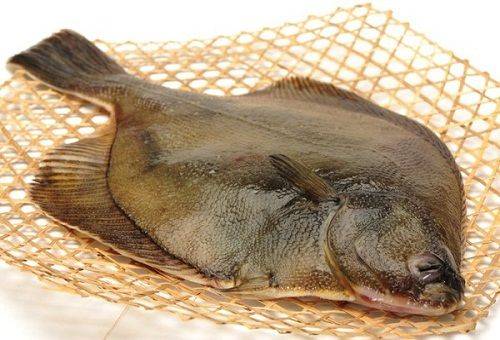
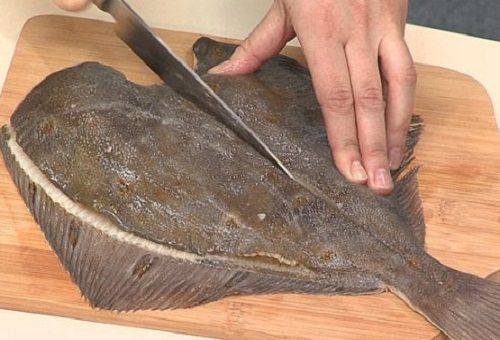
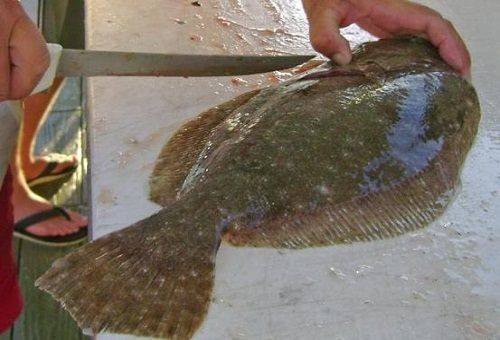
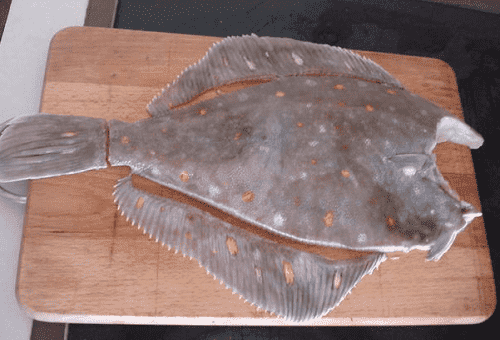
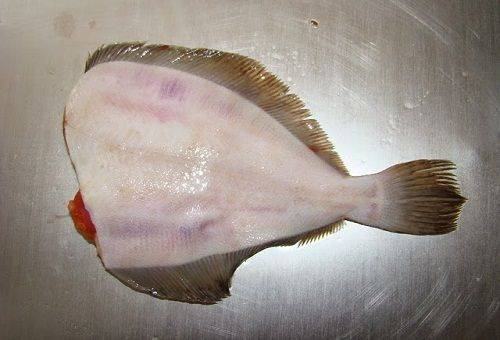
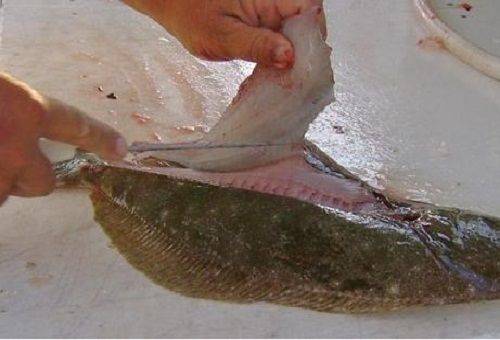
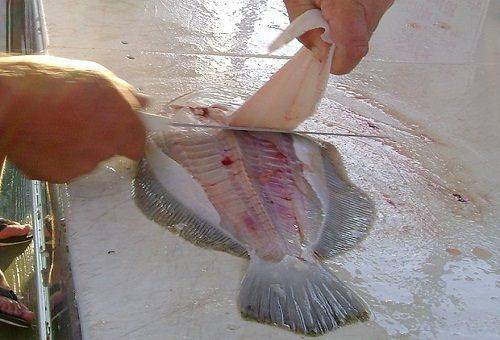
I love flounder and learned to separate the fillet. At first it didn’t work out very well, but now I’ll deal with it very quickly on the same principle as you. Thanks.